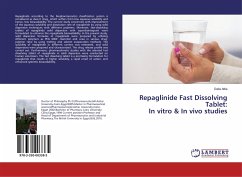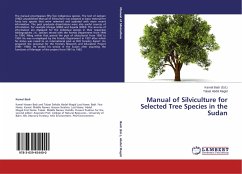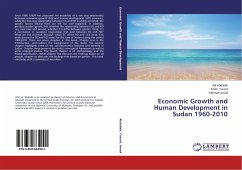
In Vitro and in Vivo Studies on the Survival Rate of Protoscoleces in the Sudan
Versandkostenfrei!
Versandfertig in 6-10 Tagen
24,99 €
inkl. MwSt.

PAYBACK Punkte
12 °P sammeln!
This book was written to determine the prevalence of hydatid cyst infection in camels at Tambool area, Sudan. The work was conducted at the Department of Biology, Faculty of Education University of Khartoum. The viability of the protoscoleces of Echinococcus granulosus was confirmed by using the Eosin stain. Prevalence of the disease in camels in Tambool area, was investigated with emphasis on the number and stages of the cysts in different organs. The investigation revealed a 21.3% prevalence rate among camels. The survival rate of protoscoleces was studied in vivo and in vitro through exposu...
This book was written to determine the prevalence of hydatid cyst infection in camels at Tambool area, Sudan. The work was conducted at the Department of Biology, Faculty of Education University of Khartoum. The viability of the protoscoleces of Echinococcus granulosus was confirmed by using the Eosin stain. Prevalence of the disease in camels in Tambool area, was investigated with emphasis on the number and stages of the cysts in different organs. The investigation revealed a 21.3% prevalence rate among camels. The survival rate of protoscoleces was studied in vivo and in vitro through exposure to different constant temperatures. This means that the infection rate of hydatid cyst becomes high in relatively cold seasons (winter and autumn). In the in vivo study, each mouse (four groups of four mice each) was inoculated intraperitoneally with 2000 protoscoleces exposed to the same different constant temperature, as previously used. The results showed that the rate of development inside the mice was clear in the first and the second groups, however, in the other 2 groups showed, no sign of development of the cyst.












